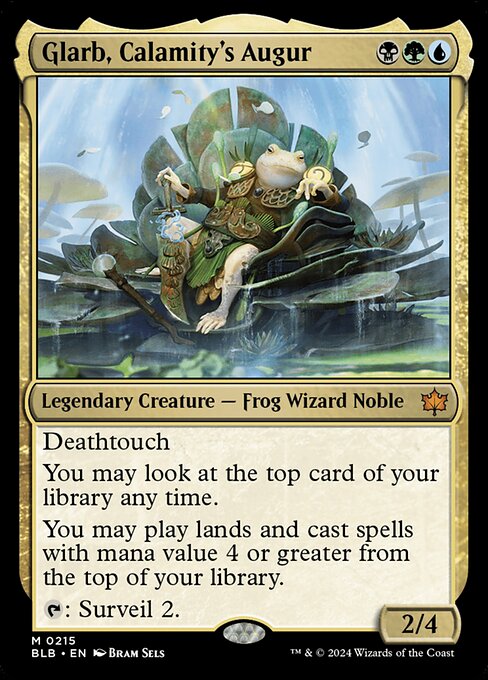Deck & Commander Strategies

Dihada, Binder of Wills
Utilizes treasure tokens to ramp quickly into powerful creatures and spells, enabling aggressive board development and combo synergies that leverage artifact and treasure interactions for value and win conditions.

Glarb, Calamity's Augur
Focuses on graveyard synergy and recursion, using self-mill and graveyard interactions to fuel value creatures and spells, maintaining pressure and resilience through recurring threats.
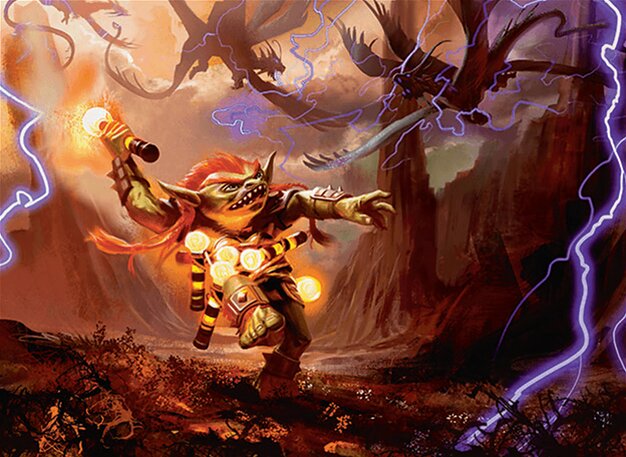
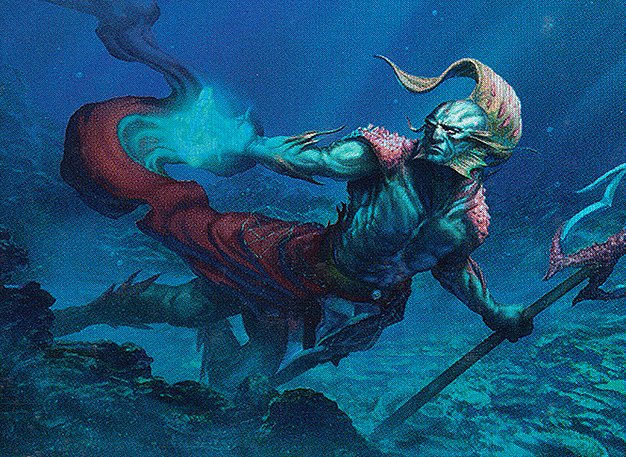
Vial Smasher the Fierce & Thrasios, Triton Hero
Combines aggressive damage output with card advantage engines, using Vial Smasher’s random damage triggers alongside Thrasios’s efficient mana and card filtering to control the game and assemble combos.

Kinnan, Bonder Prodigy
Maximizes mana production from nonland permanents to enable explosive plays and fast combo execution, often leveraging creatures and artifacts for mana acceleration and card draw.
Gameplay Insights
- 1
Players carefully managed One Ring activations to draw multiple cards and maintain hand advantage while minimizing damage taken.
- 2
Use of Mirage Mirror to protect key artifacts and creatures demonstrated an advanced defensive timing to avoid removal or unfavorable combat.
- 3
Dihada’s treasure token generation was leveraged to accelerate casting powerful creatures and artifacts, establishing board presence before opponents could disrupt.
- 4
Strategic milling and graveyard interactions provided continuous value and recursion options, keeping the board state fluid and difficult to lock down.
- 5
Players exploited interaction windows with enchantment-based counterspells like Swan Song to protect crucial combo pieces and disrupt opponents’ plans.
- 6
Tyvar Kell’s ability to mill and recur creatures was used to maintain pressure and recover from board wipes or removal spells.
- 7
Mana acceleration through artifacts like Mana Vault and Grim Monolith enabled explosive turns and fast combo setups typical of cEDH games.
Notable Cards
-
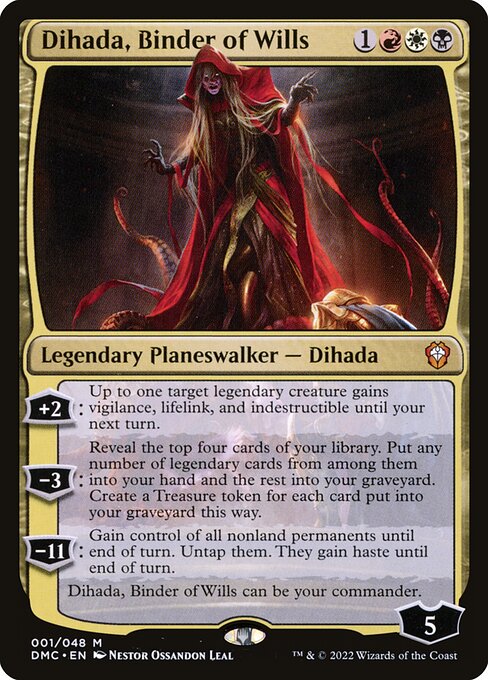
Dihada, Binder of Wills
-

Esper Sentinel
-
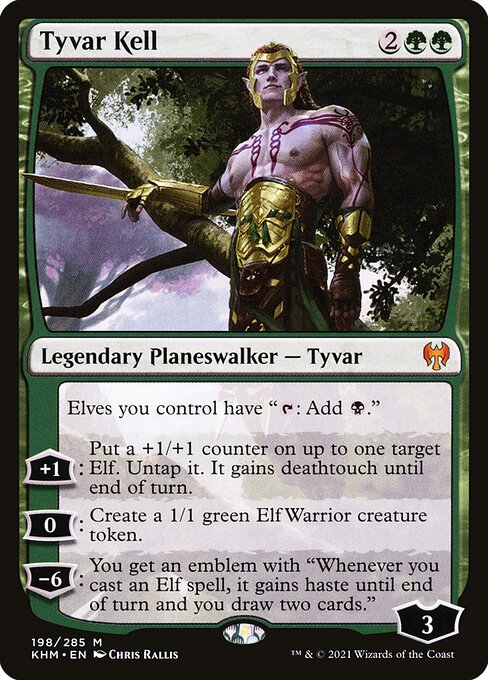
Tyvar Kell
-
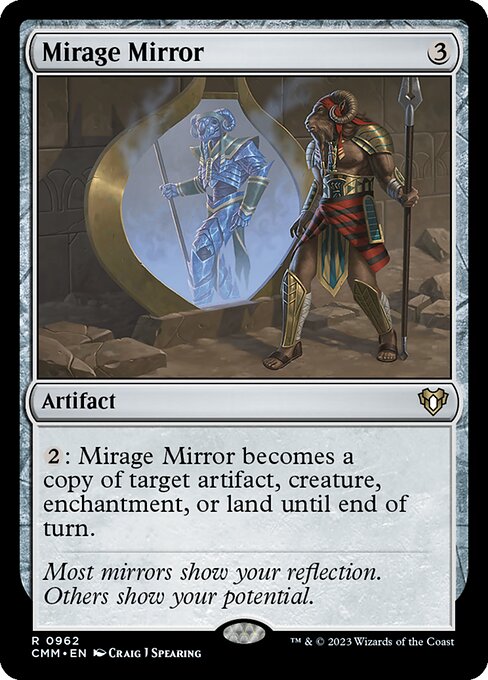
Mirage Mirror
-

Force of Will
-

Swan Song
-
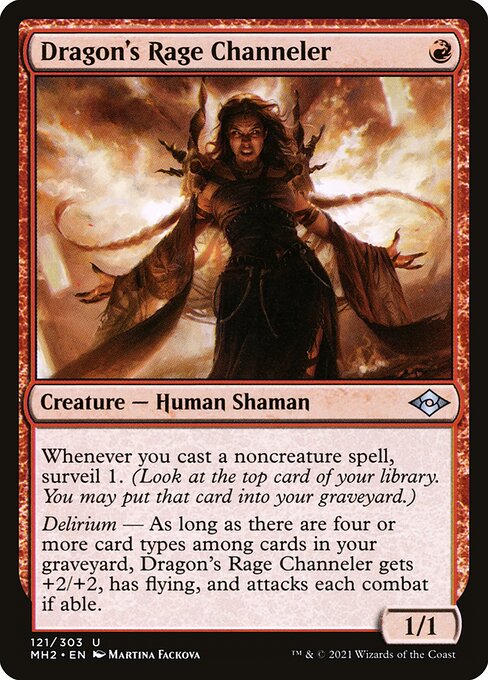
Dragon's Rage Channeler
-
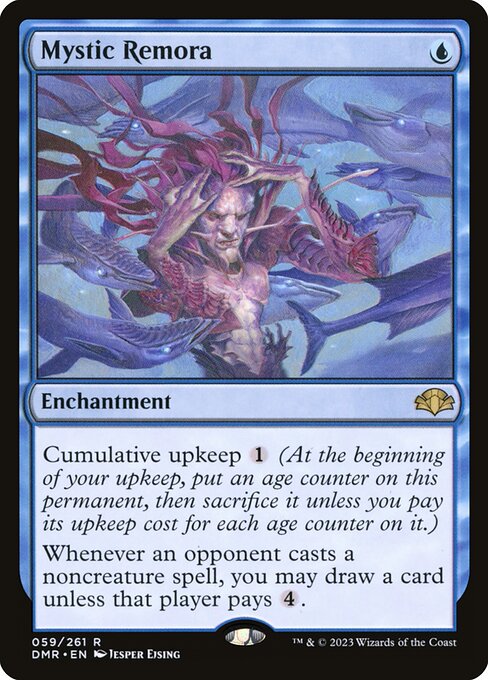
Mystic Remora
-
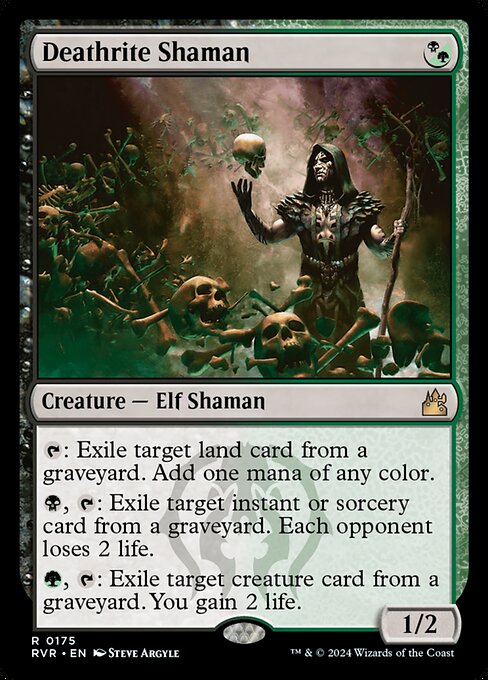
Deathrite Shaman
-
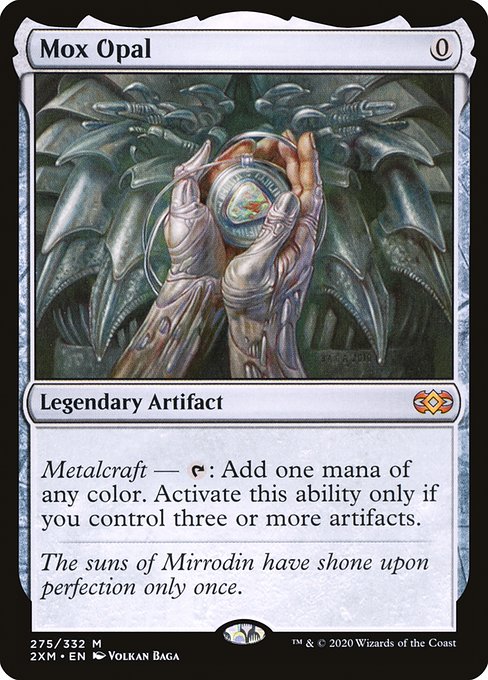
Mox Opal
-
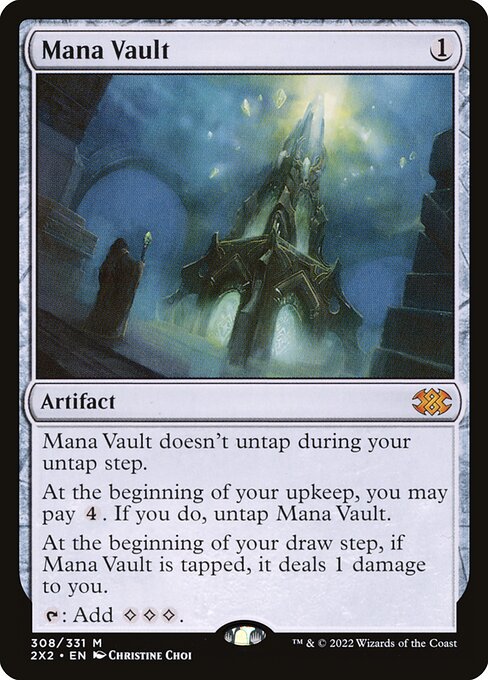
Mana Vault
-

Talisman of Indulgence
-
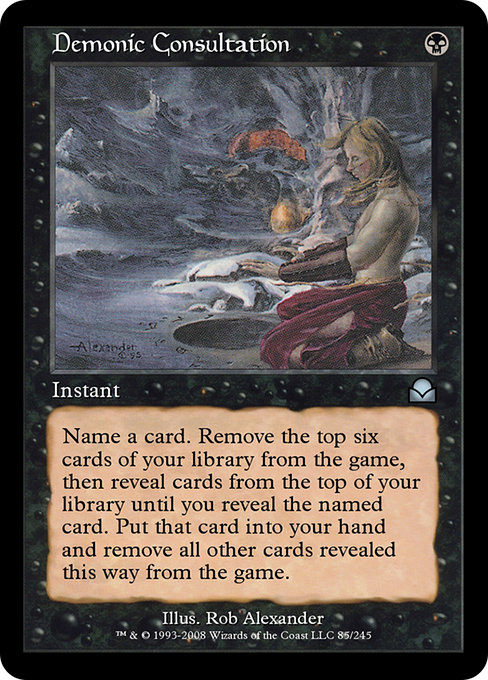
Demonic Consultation
-
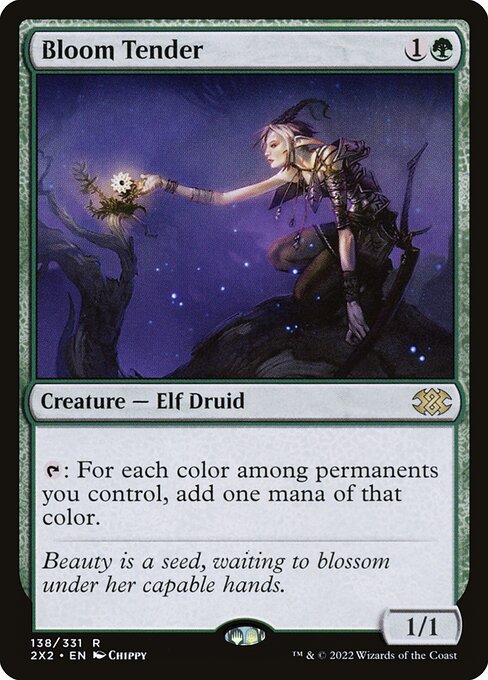
Bloom Tender
-
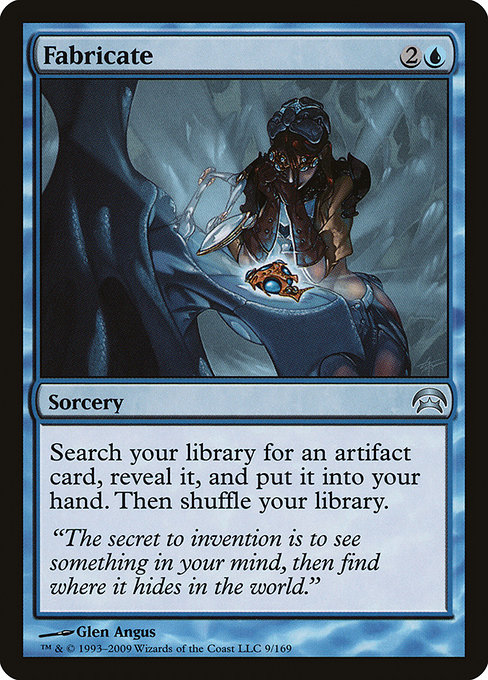
Fabricate
-
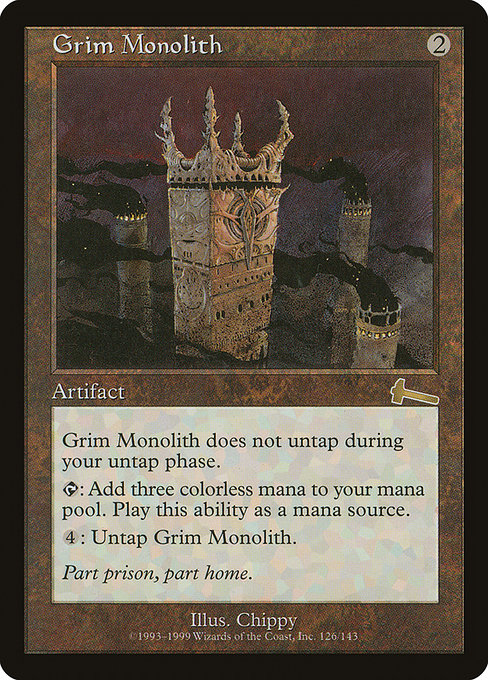
Grim Monolith
Gameplay Summary
The game began with all four players developing their mana bases and setting up early plays typical of cEDH, including ramp spells, mana rocks, and key creatures.
Players were cautious with resources, carefully managing triggers such as Esper Sentinel and One Ring activations to draw cards and maintain card advantage.
Early interaction was light, with players focusing on building their board state and digging for important pieces.
A pivotal moment came when Dihada, Binder of Wills was cast, enabling treasure generation and further accelerating the board development.
The player controlling Dihada leveraged this to cast efficient threats like Professional Facebreaker and Dragon's Rage Channeler, establishing pressure early on. Midgame saw increased complexity with players deploying utility creatures like Mystic Remora and Deathrite Shaman to control the flow of the game and manage resources.
The board stabilized with multiple players holding answers such as Swan Song and Force of Will in hand, ready to counter key spells.
Strategic use of Mirage Mirror and defense grid effects indicated a focus on protecting key permanents like One Ring and Dihada.
Players also utilized synergistic combos, such as Tyvar’s ability to recur creatures, and incremental value engines like saga counters and various draw spells, to maintain tempo.
The game was dynamic with multiple interactions each turn, setting the stage for a high-stakes, combo-driven finish typical of cEDH gameplay.


